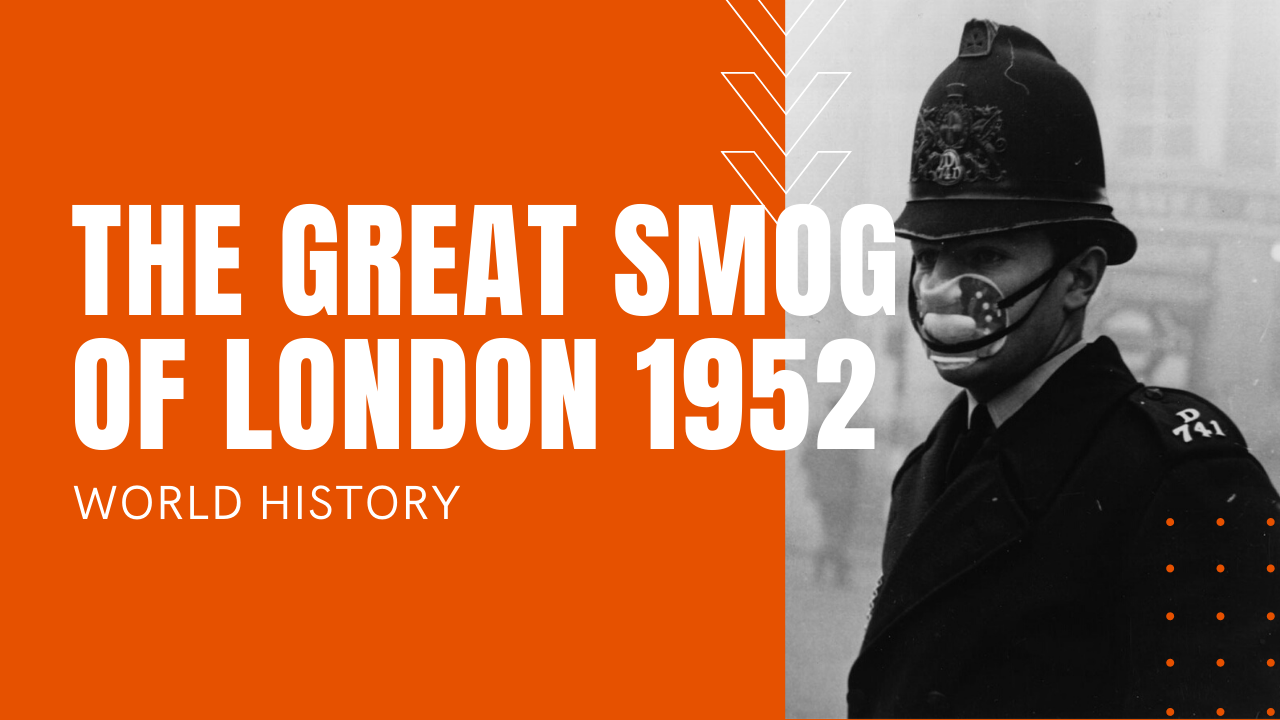The Great Smog of London 1952

Beginning on December 5th, 1952 and lasting for the next five miserable days, Londoners choked in a dense blanket of smog that killed many and sickened many more.
Known as Peasoupers, London had suffered smog events since the 13th century—reaching a peak in the 1600s, but the Great Smog of 1952 is still considered the worst air pollution event in the history of the United Kingdom.
The incident would trigger a significant increase in environmental research, government regulation, and the public’s awareness of the relationship between air quality and health.
What Caused the Great London Smog of 1952?
Caused by a vicious cold snap that forced Londoners to burn more coal than usual, the increase in air pollution combined with an anticyclone weather pattern that brought any chance of a freshening breeze to a standstill.
To make matters worse, post-war domestic coal consumption in the UK tended to be of the relatively low-grade, sulfurous kind, since the better-quality or hard coals such as anthracite were exported out of the country to help pay down the nation’s debt caused by the Second World War.
As a result, the cheaper burning coal increased the amount of sulphur dioxide emitting from coal-burning power plants such as the Battersea Power Station, filling the air with dense particulates of hydrochloric acid, fluorine, sulfur dioxide and sulphuric acid.
Once visibility had reduced to under ten feet, the London Underground was forced to shut down, along with basic services such as ambulance response and garbage collection. Concert halls and movie theaters were shuttered, along with all outdoor sporting events.
The blanket of dense smog even penetrated through closed doors and windows, invading homes and businesses, leaving Londoners helpless to get away from the choking smog. Walking at night became a near impossibility since the fluorescent streetlights of the time were made useless by the oppressive air.
London Smog Takes Lives
In the end, the Great London Smog took the lives of 6,000 to 12,000 Londoners, while badly sickening as many as 100,000 more. On the 9th of December, a welcomed breeze picked up and blew the smog out to sea, letting Londoners breathe easy again for the first time in days.
